Moving From Shallow to Deep Breathing With Pranayama
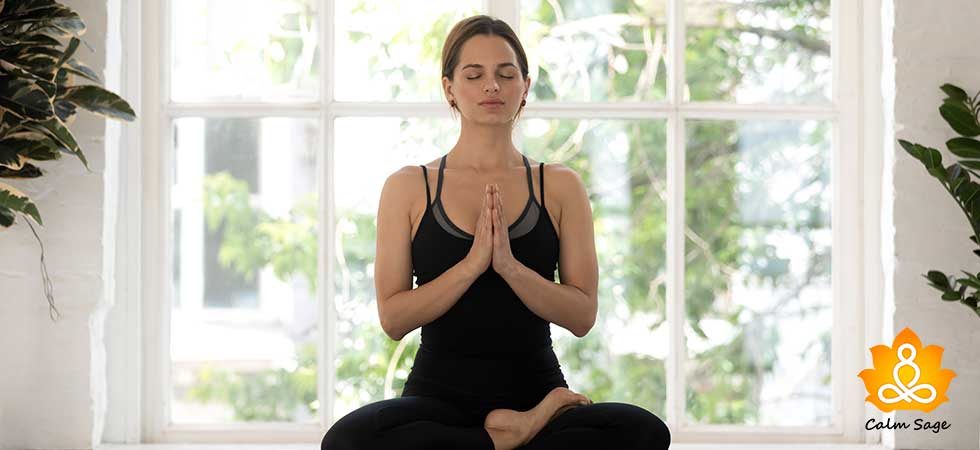
Have you ever focused on your breathing?
How often do we let the oxygen we inhale reach our abdomen?
Not that frequent, right! Rather we let the inhaled oxygen just reach the chest and exhale it.Without knowing the ill effects of the same on our health, both physical and mental health.
When you let the oxygen reach your abdomen it is known as abdominal or deep breathing, which indeed should be a regular practice by all of us.
However, we are constantly involved in practicing chest breathing aka shallow breathing, which is not healthy. Therefore, we need to alter this pattern of breathing from shallow to deep to stay healthy and live longer.
Why should we Avoid SHALLOW BREATHING?
According to an article published by Harvard Medical School, deep breathing seems unnatural for many of us. This happens because we tend to hold our stomach muscle which interferes in our deep breathing thus, promoting shallow breathing. Shallow breathing has a negative impact on our physical and mental health. Therefore, it becomes important to change this pattern.
How to switch from SHALLOW to DEEP BREATHING?
To accomplish this goal there are various deep breathing exercises and pranayama that can be fruitful for you. However here the focus is on pranayama that can help you break this habit of shallow breathing.
Anulom Vilom Pranayama (Alternate Nostril Breathing)
Anulom Vilom Pranayama or Alternate Nostril Breathing not only promotes deep breathing but also cleanses, balances, and stimulates your left and right nadis. It is best practiced with an empty stomach.
Steps to practice Anulom Vilom Pranayama (Alternate Nostril Breathing)
- Choose a comfortable position to sit in (sukhasana, vajrasana, padmasana). Making sure that your back is straight with the chin slightly tucked in towards the chest. Then close your eyes.
- Lift your right hand first, press your middle and first finger towards your palm, while keeping the other fingers extended
- Place your right thumb on the flap/side of your right nostril. Inhale deeply and slowly from your left nostril with your mouse closed.
- Now place your other two fingers (little and ring) on the flap/side of your left nostril. Release your thumb from the right nostril and exhale slowly and deeply.
- Next, inhale from right nostril with keeping the left one closed with your pinky and ring fingers
- Place your thumb on the flap/side of your right nostril and exhale slowly and deeply from the left nostril.
- This is one cycle of anulom vilom pranayama.
- Repeat the same breathing pattern for 5 minutes and increase this time frame as per your convenience.
- Just remember to finish your session with an exhale on the left side.
Bhastrika Pranayama (Bellows Breath)
Bhastrika Pranayama/Bellows Breath is one of the most powerful breathing exercises. It cleanses nostrils, sinuses, nostrils and prepares you for deep breathing. This pranayama also fills you with energy.
Steps to practice Bhastrika Pranayama (Bellows Breath)
- Sit comfortably in lotus position with your back straight
- First, settle your head by taking a deep breath from your nostrils (let it reach to your abdomen) then breathe out in the same manner. Repeat it 3-5 times.
- Start the pranayama by breathing through your nose forcefully and exhale it in the same manner.
- Make sure your breath comes out from the diaphragm and your belly moves in and out with your breath, keeping the rest of your body still.
- After a round of bellows breathing go for a round of normal breathing.
- Repeat 3 rounds of bellows breathing, followed by normal breathing and end the session.
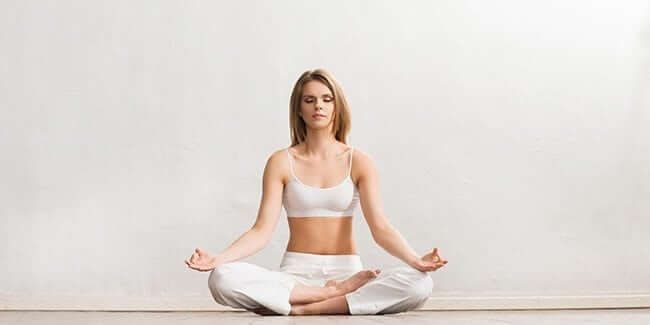
Kapalbhati Pranayama (Skull Shining Breath)
If you found your forehead to shine and body to detoxify then go for Kapalbhati Pranayama (Skull Shining Breath). It will improve your functioning of the liver and kidney along with improving your memory and concentration.
Steps to practice Kapalbhati Pranayama (Skull Shining Breath)
- Sit either in sukhasana or padmasana as per your comfort
- Inhale deeply through your nose by being calm and conscious at the same time.
- While inhaling put your hand on the stomach, pulling it towards the spine and feel the muscle contraction.
- Now relax this contraction with a quick and short burst. You will observe a hissing sound coming out from your nostrils.
- Follow it with inhalation (don’t have any gaps or breaks in between)
- Repeat it for 3-5 minutes or at least 30 such cycles.
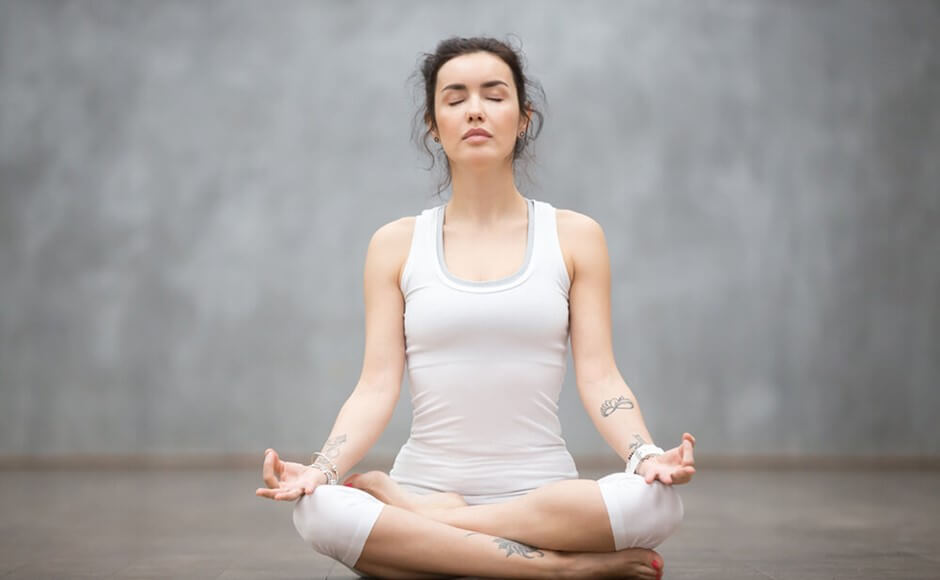
Bhramari Pranayama (Bee Breathing)
Bhramari Pranayama (Bee Breathing) is a quick de-stressing, anxiety bursting, anger managing pranayama. Along with this, this pranayama is a way to practice deep breathing. This pranayama also boosts your concentration.
Steps to practice Bhramari Pranayama (Bee Breathing)
- Sit in a comfortable position with a happy face.
- Close your eyes and your ear lids with your thumbs.
- Now place your index right above your eyebrows and the rest of your fingers (pinky, ring, and middle) over your closed eyes.
- Bring your concentration to the center of your eyebrows.
- Inhale slowly and deeply from your nostrils.
- Now with your mouth closed breath out from your nose, making a humming sound just like a bee.
- This is one cycle of Bhramari Pranayama (Bee Breathing)
- You can repeat this process for 5 minutes and increase it with time.
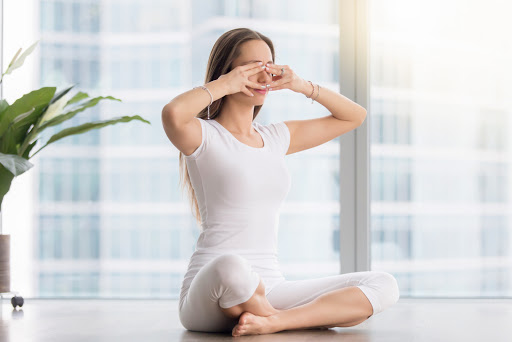
Benefits of PRANAYAMAS
Of course, there are many ways to go from shallow breathing to deep breathing. However, the benefits of pranayama are far-fetching:
- They expand your lungs to full capacity
- They slow heart and pulse rate which help calms anxiety
- They can work as a natural cure for various breathing issues like- asthma and bronchitis
- They strengthen your abdominal muscles.
Often all we need to bring a change in our lives is- knowledge and relevant information. I hope you have found the same here and will try and switch your breathing pattern from unhealthy to healthy.
Take care…
You May Like These Also:
Releasing Stress Through Karate Breathing Techniques
Benefits of Deep Breathing On Your Physical and Mental Health
Healthy and Simple Self-Care Practices that You Should Adopt

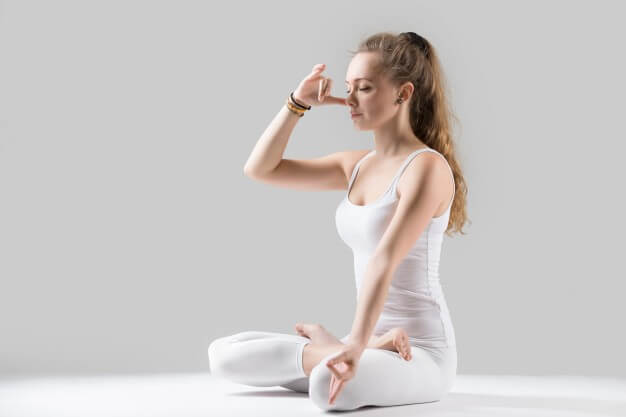





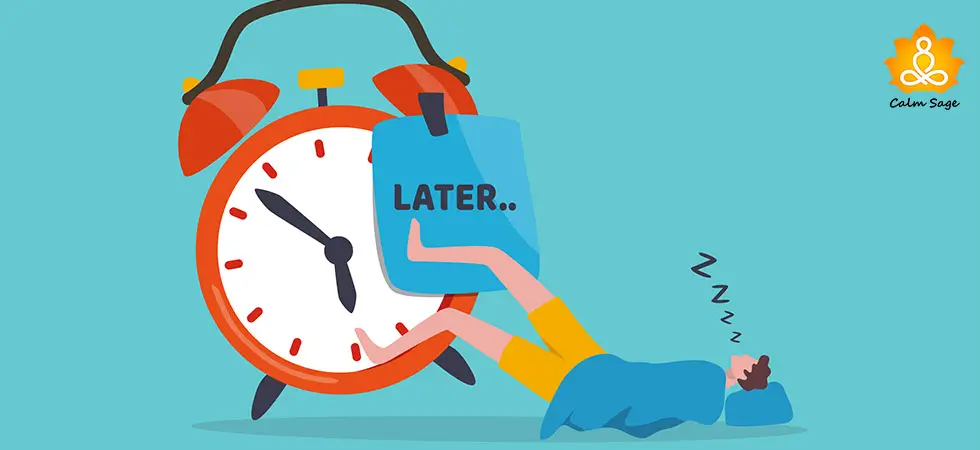














I used to do Pranayama and this one one of the best activity for deep breathing.